Where and how do almonds grow?
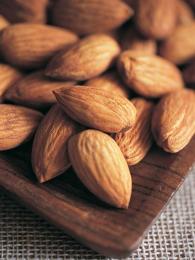
The light-loving almond plant is quite tall. This shrub tolerates heat, comparative drought, and frost (but not more than 25 degrees). It is worth remembering that spring frosts can destroy the budding flowers.
Content:
Features of almonds and their care
Many have wondered how almonds grow or avocados or figs, that is, something exotic for our latitude, and some try to grow various plants that are unprecedented for us in their home, but not everyone is successful. Many people are trying to grow almonds, which produce tasty and healthy nuts and which can actually be grown here.
There are many varieties of almonds, with bitter fruits and sweet fruits. Almonds with sweet fruits are specially grown for the food, medical and cosmetic industries. Almonds contain magnesium, protein, copper, phosphorus, iron, zinc, vitamins B and E, and manganese.
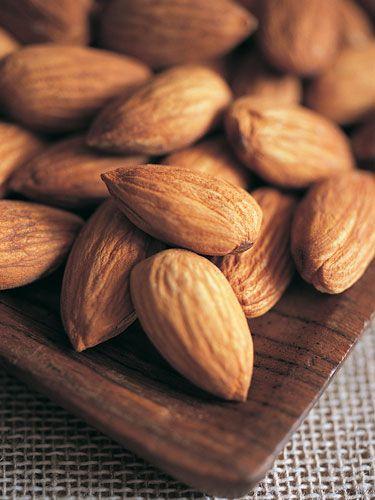
Almonds are not an exotic plant, but they are also not common in latitudes with harsh climates. More often it can be found in the Crimea, in the southern territories of the former USSR, in Asia, the Caucasus, in the Tien Shan and the Himalayas, on gravelly, rocky and mountain elephants.
Almond is a tree or shrub, and as already mentioned, it is quite tall: it can reach 10 meters in height, blooms with white-pink or white flowers, and the fruit is an ovoid seed. Almond blossoms begin very early, before the leaves appear and before other trees bloom.
Almonds have an underdeveloped rhizome, with only up to five skeletal roots, but the roots are strong and penetrate to a sufficient depth, thanks to which almonds tolerate drought well. Almonds pollinate well, but this requires planting several trees nearby. Full and strong fruiting occurs in the eighth year after planting. Almonds are unpretentious, except for intolerance to frost above - 30 degrees, they love a lot of sun and cannot tolerate the proximity of groundwater.
Essential soil for almonds
Excellent soil composition For good growth and development of almonds, loamy soils (the absolute alternative is clayey), ordinary chernozems, leached and carbonate soils will be suitable. If the soil used for planting contains a high concentration of lime, then it is most suitable for an almond orchard. Saline and acidic soils are strictly contraindicated for this plant.
It is imperative to monitor the condition of the soil during the growing season: loosen it, water it on time.
Fertilizers are applied exclusively in late autumn. This could be compost, manure, bird droppings; as well as potassium and phosphorus salts. If the fertilizer contains nitrogen, it must be applied before the beginning of June.
Landing rules
Almonds should be planted in late autumn or in the first days of spring. Annual seedlings are planted according to a simple principle: 7x5 or 7x4. Since absolutely all varieties of almonds need in high-quality and timely pollination, then the main varieties (dominant) must be placed with pollinators (4-6 different varieties). That is, for almonds to bear fruit after flowering, there must be several trees of other almond varieties nearby.Almonds are pollinated directly by insects in a natural way, so the area used for the almond orchard must have hives: at least 4 hives per hectare of land.
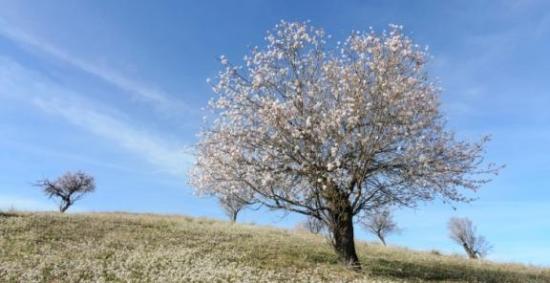
The location for the bush (for planting it) must be chosen in a place protected from the wind. Preferably, plot areas open to the south.
Almond propagated by seeds, which need to be soaked in advance and sown in specially prepared soil in autumn or spring; seedlings are planted either in late autumn or early spring. Almonds can also be propagated by cuttings and root division of the bush.
If a shrub is propagated vegetatively, it is not necessary to graft it with branches of similar varieties. The rootstocks can be sweet or bitter almond varieties. It can also be a vaccination with peach, plum, cherry plum, which must be vaccinated at the age of 2 years.
Bush formation
In the spring, immediately after planting, seedlings (one year old) are shortened to a height of 80-100-120 centimeters, limiting the crown shape to 30-40 centimeters. Of all the existing regrown and strengthened shoots, only about 4-5 of the strongest ones are left. In about 3-4 years, the base of the crown is formed in this way (resembling a bowl in appearance). In 4-5 years pruning is necessary. This is, in essence, thinning out the branches that thicken the crown, as well as excess shoots and so-called “competitors”.
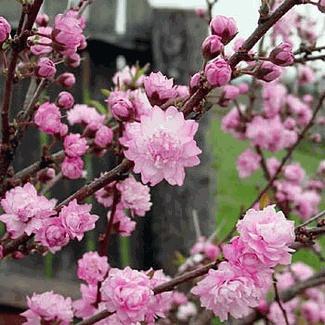
Growths at the age of more than one year are shortened to 60 centimeters. After such rejuvenating pruning, almond trees can fully recover. If such pruning is not carried out at the required time, the fruit ovary weakens or crumbles.
Of course, not all almond varieties are suitable for different climatic conditions and geographical locations. But if you take into account many of the features of its cultivation, then success is guaranteed.

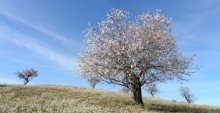
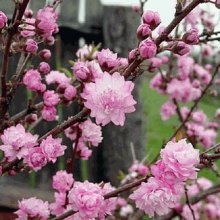
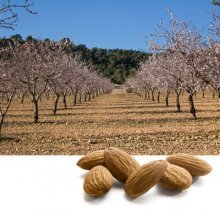
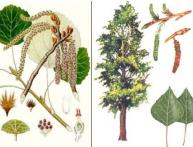
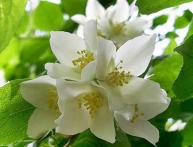
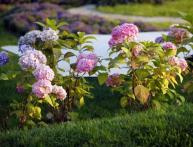
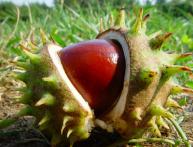
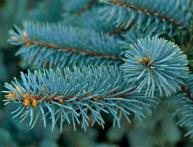
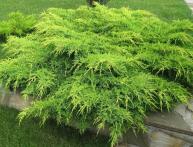
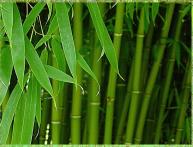

Comments
I love almonds, but I’m ashamed to admit I’ve never thought about how they grow. Now I’m excited to plant it on my plot, especially since we live in the south, not far from Crimea, maybe something will come of it.
Yes, that means trying to grow almonds in Siberia is useless! It's a shame, I really love almonds! But my relatives, who live on the Black Sea coast in Krasnodar, successfully grow almonds!
But in Kyrgyzstan, almonds grow right on the slopes of the mountains. And not always planted intentionally. The aroma of blossoming almonds is sweet and slightly intoxicating; it spreads far and wide throughout the surrounding area.
van Gogh "Blossoming almond branches":